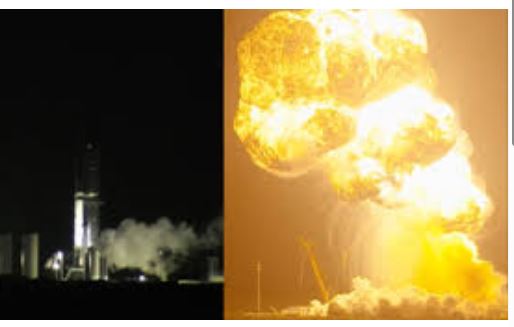On June 18, 2025, SpaceX’s Starship prototype exploded during a static fire test at the company’s Starbase facility in South Texas. The incident occurred around 11 p.m. local time while preparing for the spacecraft’s tenth flight test. The explosion resulted in a massive fireball and scattered debris across the area. Fortunately, no injuries were reported, as safety measures were in place, and all personnel were accounted for.
SpaceX’s initial analysis suggests that the failure may have been caused by a pressurized nitrogen tank, known as a composite overwrapped pressure vessel (COPV), in the nosecone area of the Starship. The company emphasized that the full data review is ongoing.
Standing 403 feet (123 meters) tall, Starship is the world’s largest and most powerful rocket, central to Elon Musk’s long-term vision of building a colony on Mars. The spacecraft is designed to be fully reusable, with a payload capacity of up to 150 metric tons.
This latest setback follows a series of previous failures, including explosions during test flights in January, March, and May of 2025. Despite these challenges, SpaceX maintains its “fail fast, learn fast” approach, aiming to rapidly iterate and improve the Starship design.
Elon Musk downplayed the incident on social media, referring to it as “just a scratch.” He also noted that if the failure was indeed due to the COPV, it would be the first time such an issue has occurred with this design.
Despite the challenges, SpaceX continues to play a crucial role in NASA’s Artemis missions, which aim to return astronauts to the Moon. The Starship is integral to these plans, underscoring the importance of resolving the current issues to meet future mission timelines.





